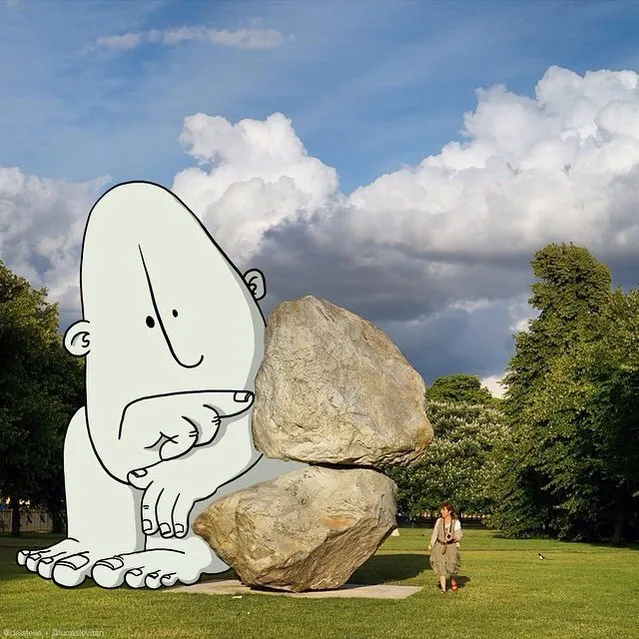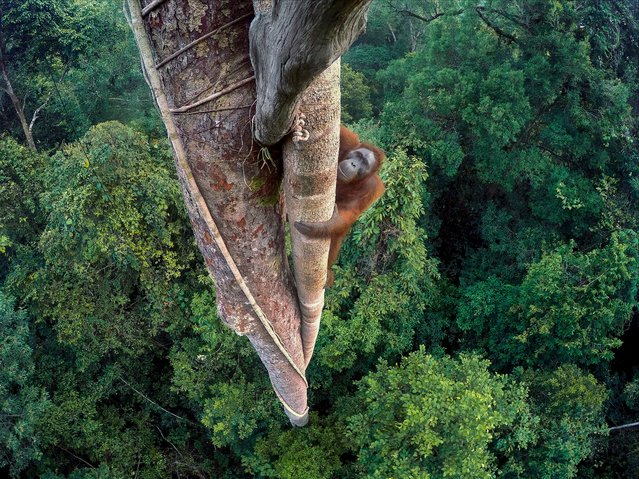
Passionate fans are doing something unique (wacky) to celebrate the World Cup. They’re getting the likeness of their favorite player shaved into the back of their head. Photo: England fan Joel Moore (23) has had a haircut featuring the face of World Cup star Theo Walcott by Daren Terry from Lotus Styling in Bognor Regis, West Sussex. (Photo by Southern News & Pictures)
30 Jun 2014 12:03:00,post received
0 comments







